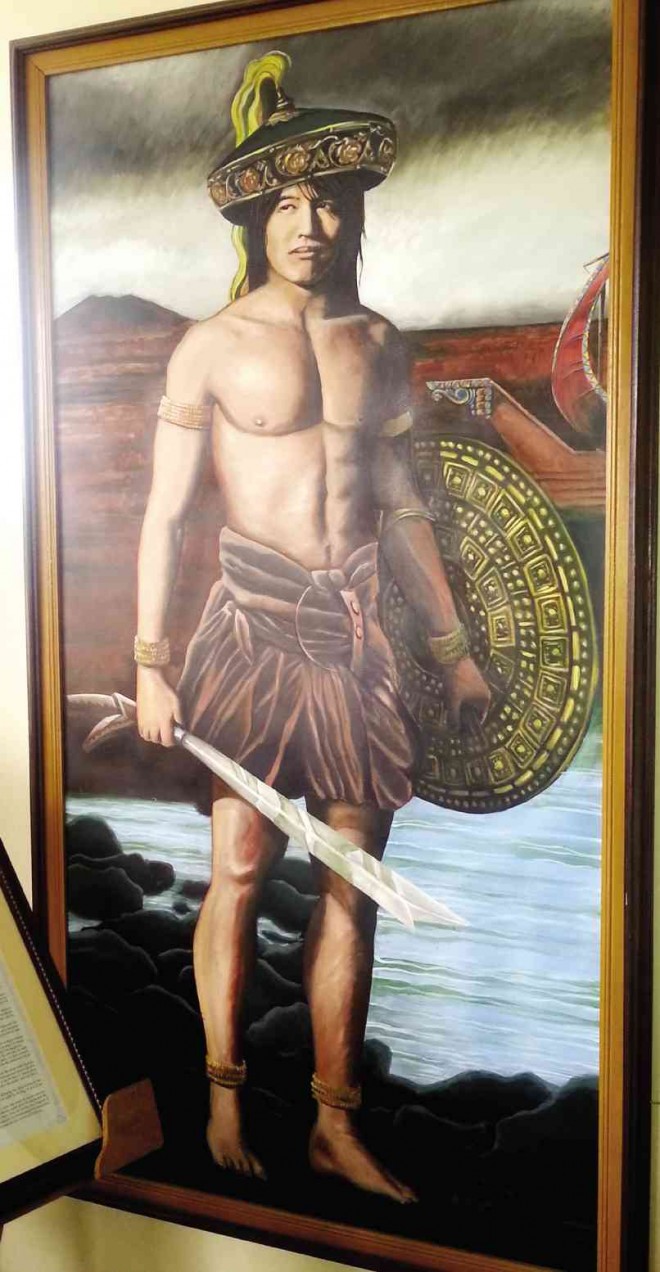Extant primary sources gathered by the Center for Kapampangan Studies (CKS) and Ian Alfonso, a history researcher at the National Historical Commission of the Philippines, showed that the United States formed the Macabebe Scouts on Sept. 10, 1899, after Gen. Elwell Otis granted the request of locals to form an army of native troops.
Macabebes asked the new colonizer to liberate the town when their church was reduced to ashes and 300 people were burned alive by Col. Agapito Bonzon, the commander of the Cavite forces stationed there after it was captured from the Spaniards on June 26, 1898. Bonzon earlier captured Katipunan leader Andres Bonifacio and attempted to rape the latter’s wife, Gregoria de Jesus.
Bonzon abandoned the town as the Filipinos were concentrated by Gen. Tomas Mascardo, the Cavite general for Pampanga, to the Guagua-Bacolor-Sta. Rita-Porac-Angeles defense line.
The Americans liberated the town on May 1, 1899. The Macabebes pledged to guide the Americans toward the north to chase Gen. Emilio Aguinaldo.
There were other Filipinos aside from Macabebes who were against Aguinaldo. Among them were the Partido de Agraviados of Pedro Pedroche of Tarlac province, the original followers of the Katipunan and the Guardia de Honor in the Ilocos region.
There are no pieces of evidence to show that Macabebes were angry at Aguinaldo because he ordered the execution of Bonifacio, whose mother is a Kapampangan from Masantol town.
The Macabebe Scouts were different from the Voluntarios de Macabebe during the Spanish period. The Voluntarios joined the Spaniards who took refuge in Macabebe and were repatriated to the Marianas and, later, to Spain.
Said Maj. Matthew Batson, commander of the Macabebe Scouts: “I consider them superior to the other tribes. They are fearless inbattle and it is almost impossible to ambush them. They are expert swimmers, always cheerful, always obedient to orders.”
These scouts formed the core of the Philippine Scouts of the US Cavalry.
The Americans popularized the idea that Macabebes were Aztecs from America who were brought by the Spaniards to the Philippines. There are no Spanish account that can support this, but Aguinaldo acknowledged it in his memoirs that historian Teodoro Agoncillo had cited.
The Macabebes tried to be one in spirit in the struggle to become a nation, reflecting this in the Rizal monument they erected at the town plaza in 1919.
Macabebe town became one of the hotbeds of the anti-Japanese force, Hukbalahap, producing thousands of guerrillas during World War II. As soldiers, many Macabebes have become pensionados and American citizens, which explains why the town has mansions and many of its residents are all over the United States. Tonette Orejas
